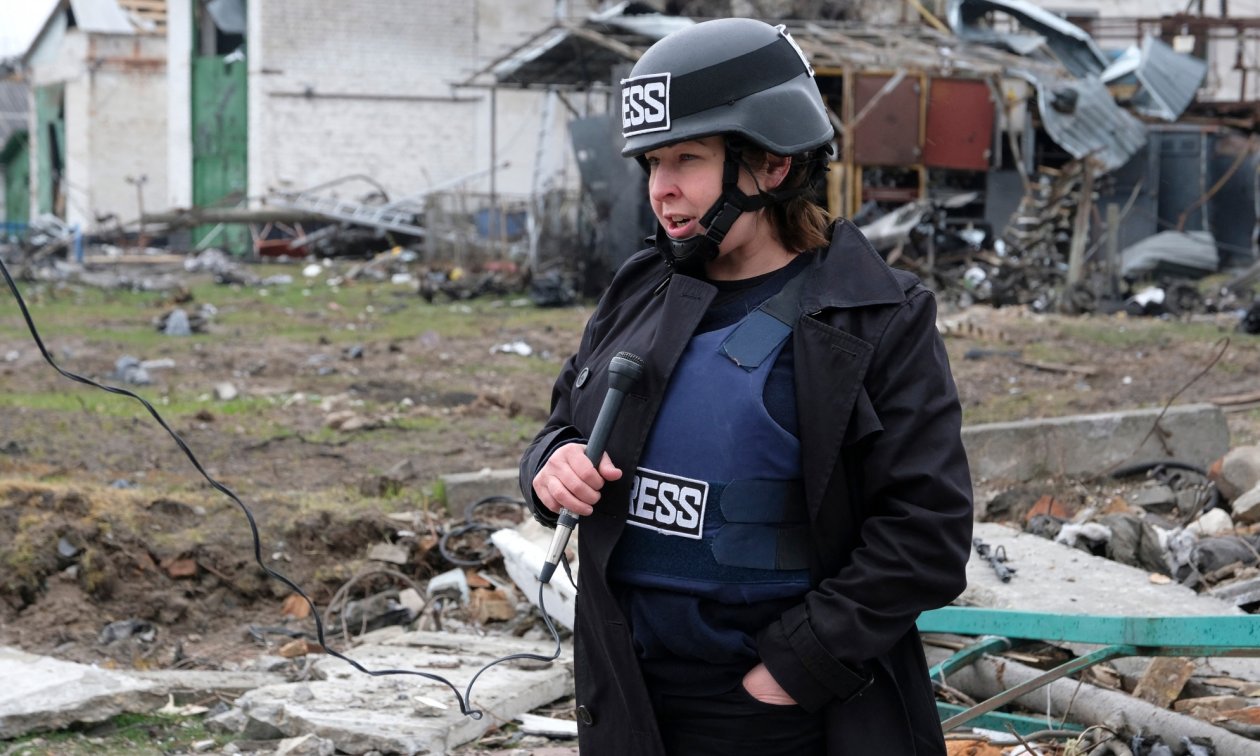Journalists and the media in Ukraine have been in a state of emergency since the start of the full-scale Russian invasion on 24 February 2022.

Journalists and the media in Ukraine have been in a state of emergency since the start of the full-scale Russian invasion on 24 February 2022.
